A tummy tuck, or abdominoplasty, is an exciting step toward achieving a more sculpted midsection. However, many patients worry about post-surgical scars and how they will heal. The good news? With proper care and the right products, you can minimize scarring and support optimal healing.
At Rejuvaskin, we understand how important it is to feel confident in your skin. That’s why we offer dermatologist-approved scar care solutions designed to improve scar texture, color, and overall appearance. This guide will help you prevent dark, raised, or stretched scars after a tummy tuck, ensuring your skin heals beautifully.
Understanding Tummy Tuck Scars: Types & Causes
Not all scars heal the same way. Factors like genetics, skin type, and post-op care play a role in how your scar develops. Here are the main types of tummy tuck scars:
-
Hypertrophic scars – Thick, raised scars that remain within the incision site. These occur when excess collagen forms during healing.
-
Keloid scars – Raised scars that extend beyond the original incision. Keloids are more common in individuals with darker skin tones.
-
Atrophic scars – Indented scars caused by a lack of collagen during healing. These are less common but can occur if the skin doesn’t generate enough new tissue.
What Causes Poor Scar Healing?
-
Tension on the incision (excessive movement or stretching)
-
Sun exposure (can cause hyperpigmentation)
-
Lack of hydration and nutrition (affects collagen production)
-
Skipping scar treatments (reduces skin elasticity and slows healing)
How to Minimize Tummy Tuck Scars: Step-by-Step Healing Plan
1. Initial Healing Phase (0-2 Weeks Post-Surgery) – Let the Wound Close
Your body’s natural healing process is just beginning, so it’s crucial to keep the area protected. Follow your surgeon’s wound care instructions to prevent infection.
-
Keep the incision clean and dry—avoid harsh soaps or rubbing the area.
-
Wear compression garments to reduce swelling and promote skin adherence.
-
Avoid scar treatments at this stage—wait until the incision is fully closed (Swanson, 2023).
2. Early Scar Care (2-4 Weeks Post-Surgery) – Introduce Gentle Treatment
Once your incision has fully healed, you can begin using Rejuvaskin’s Scar Management System to enhance healing and prevent hypertrophic scars.
-
Apply Rejuvaskin Scar Fx® Silicone Sheeting nightly to create a hydrating barrier that helps flatten scars.
-
Massage Rejuvaskin Scar Esthetique® Scar Cream onto the scar twice daily—its blend of silicone, botanicals, and antioxidants fades discoloration.
-
Avoid sun exposure and use Rejuvaskin Mineral Facial Sunscreen to prevent hyperpigmentation.
3. Ongoing Care (1-6 Months Post-Surgery) – Scar Maturation Phase
At this stage, the scar is still forming, and collagen remodeling is crucial.
-
Continue wearing silicone sheeting for at least 12 hours daily to keep scars soft and flat (Palao et al., 2023).
-
Gently massage the scar daily—this improves circulation and helps break down excess collagen.
-
Hydrate your skin with Rejuvaskin Skin Recovery Cream to soothe redness and irritation.
-
Eat a nutrient-rich diet—foods high in Vitamin C, zinc, and collagen support skin regeneration (Abedini et al., 2020).
-
Avoid smoking and alcohol—both can delay healing and contribute to scar thickening.
4. Long-Term Scar Care (6 Months – 1 Year)
By six months, your scar should be significantly improved, but consistent treatment remains key.
-
Continue silicone-based scar treatments like Scar Fx® Silicone Sheeting until the scar is smooth and flat.
-
Protect the area from UV rays with Rejuvaskin Mineral Facial Sunscreen—sun exposure can darken scars permanently.
-
Consult your plastic surgeon if you notice excessive thickness, redness, or pain—some scars may require laser treatments or corticosteroid injections.
Taking care of your tummy tuck scar doesn’t have to be complicated. By following a science-backed routine and using Rejuvaskin’s dermatologist-recommended scar treatments, you can achieve smoother, less noticeable scars.
Ready to start your scar healing journey? Shop Rejuvaskin’s Scar Management Collection Now!
References
-
Swanson, E. (2023). Clinical Evaluation of 310 Abdominoplasties and Measurement of Scar Level. Annals of Plastic Surgery. link
-
Palao, R., Gallego-Escuredo, J. M., & Bohbot, S. (2023). Postabdominoplasty Scar Improvement after a Single Session with an Automated 1210-nm Laser. Plastic and Reconstructive Surgery Global Open. link
-
Abedini, R., Rayeni, N. M., Abianeh, S. H., Rahmati, J., Teymourpour, A., & Nasimi, M. (2020). Botulinum Toxin Type A Injection for Mammoplasty and Abdominoplasty Scar Management: A Split-Scar Double-Blinded Randomized Controlled Study. Aesthetic Plastic Surgery. link
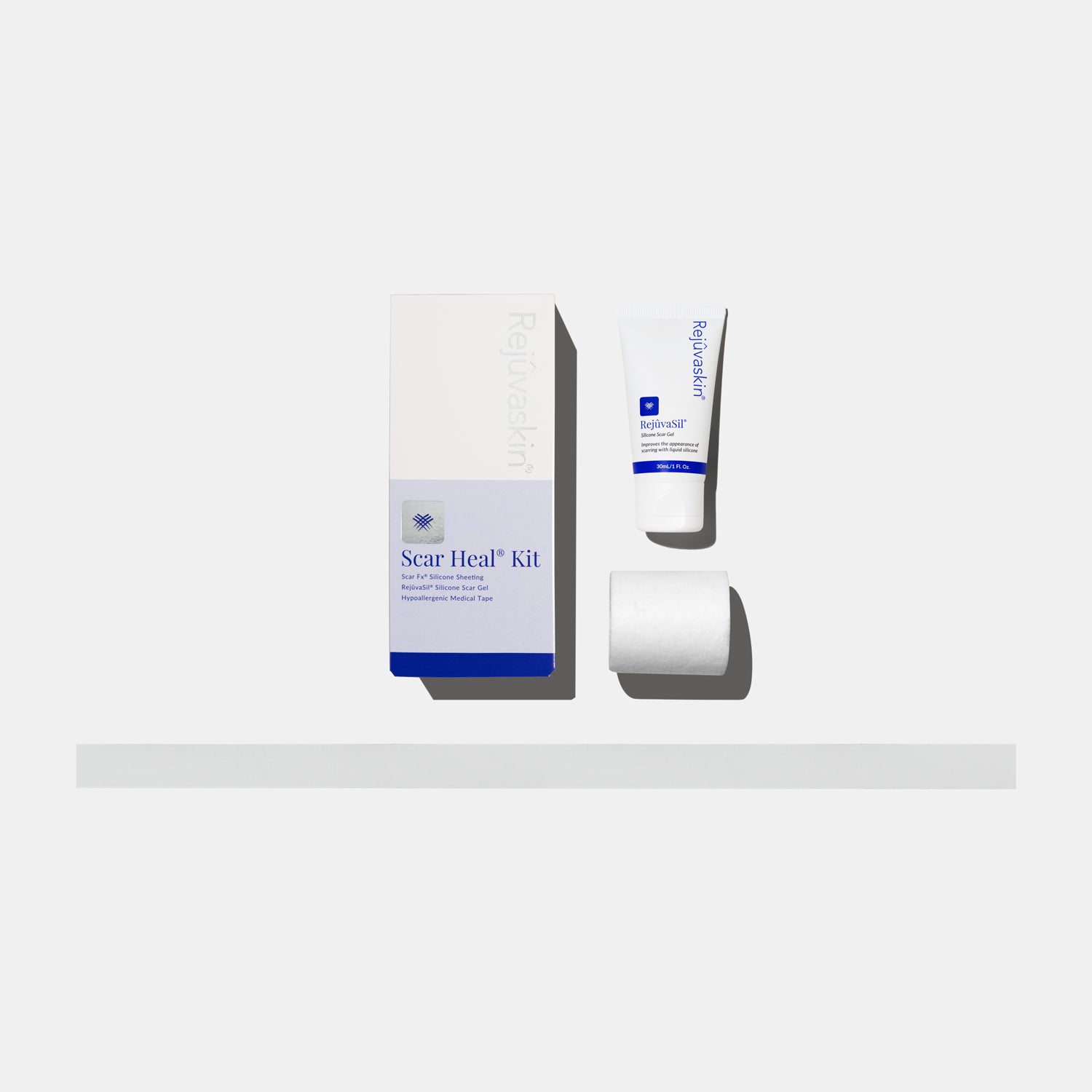


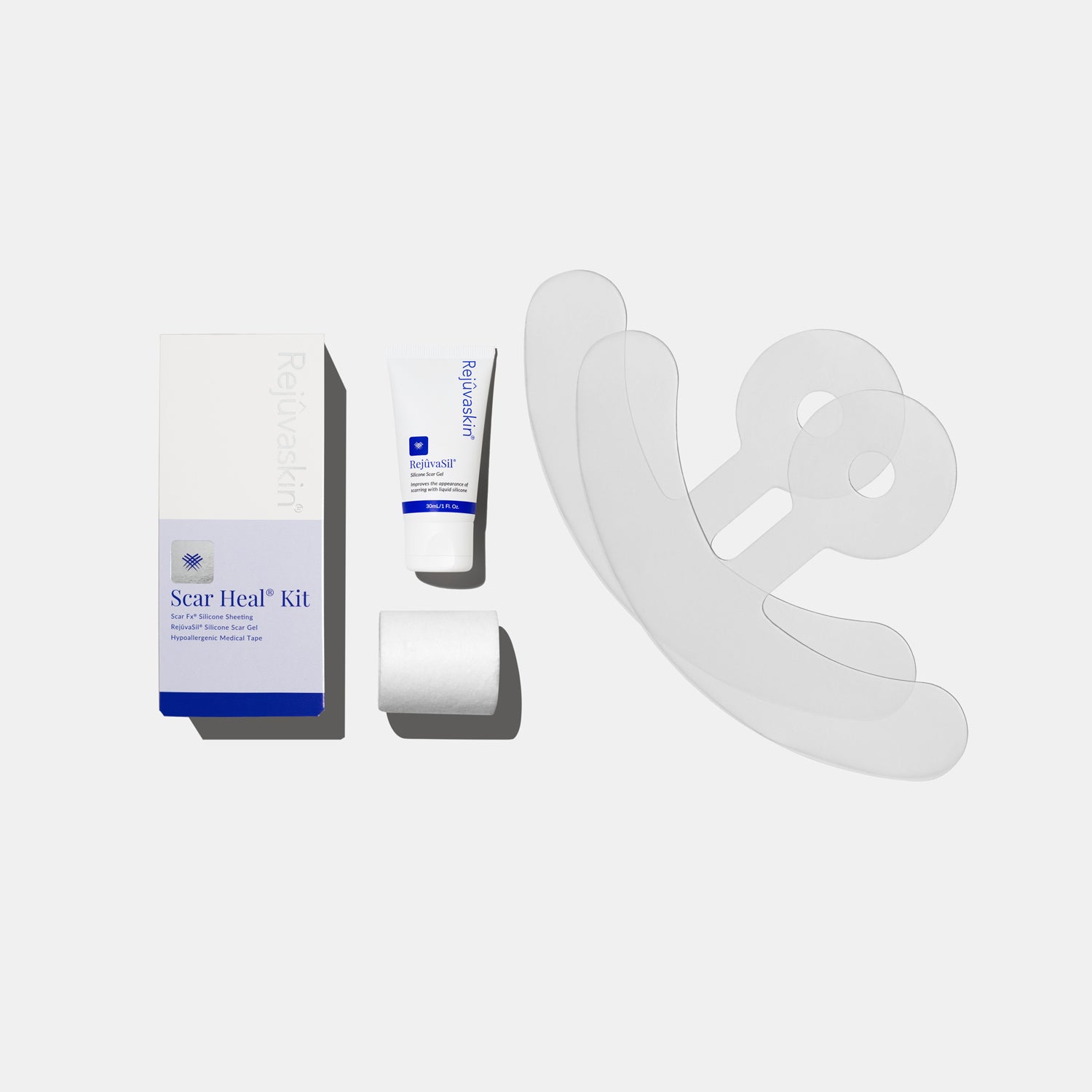
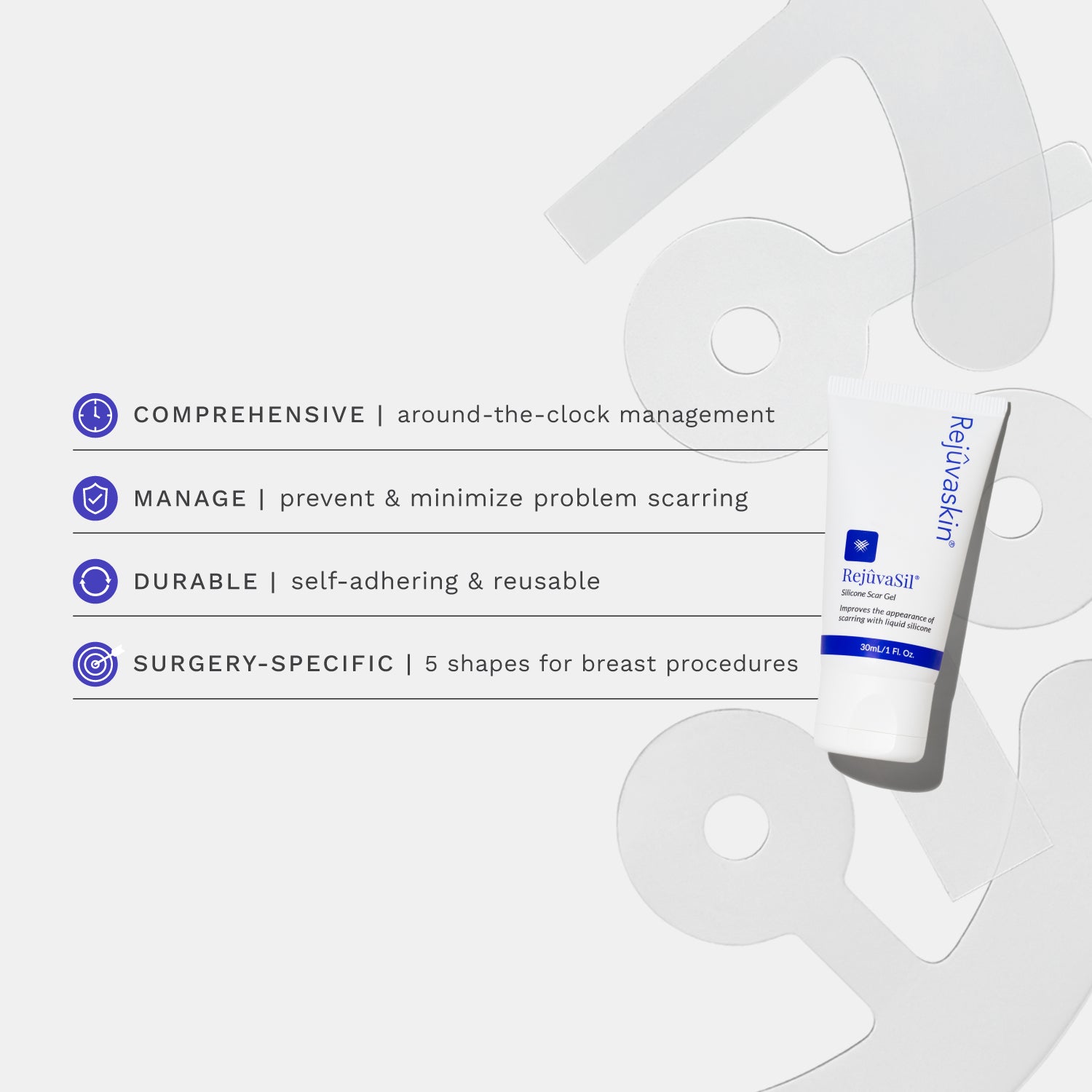
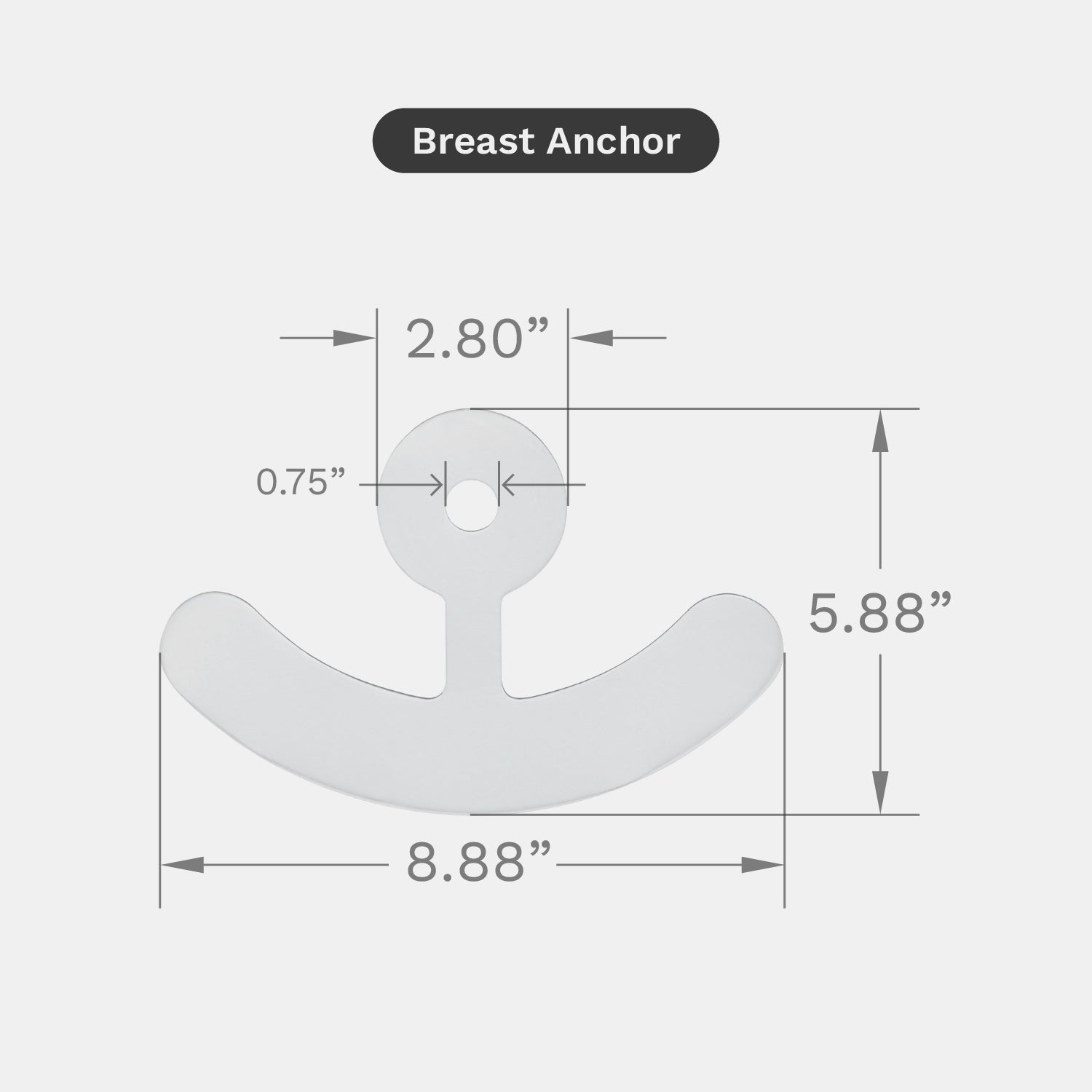
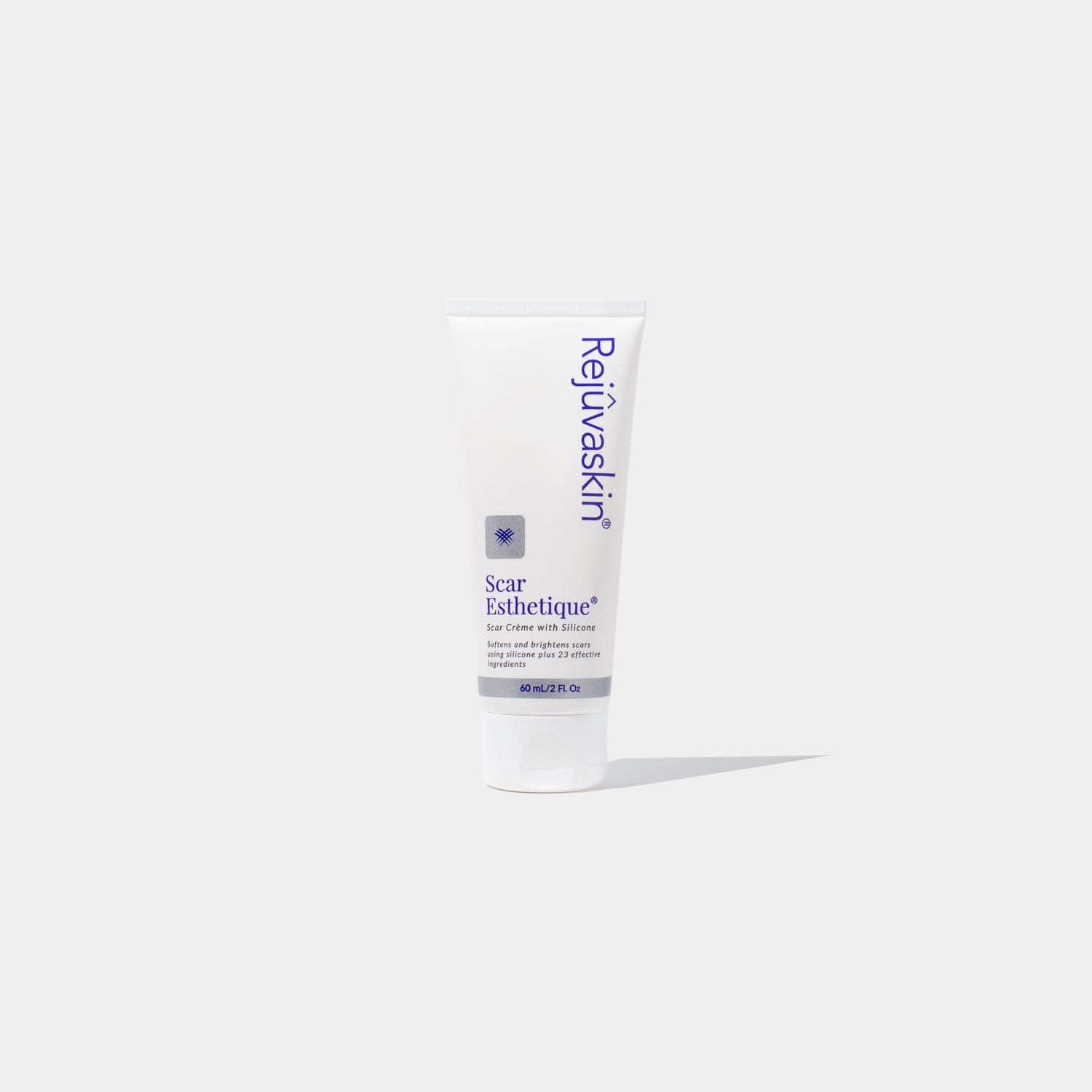
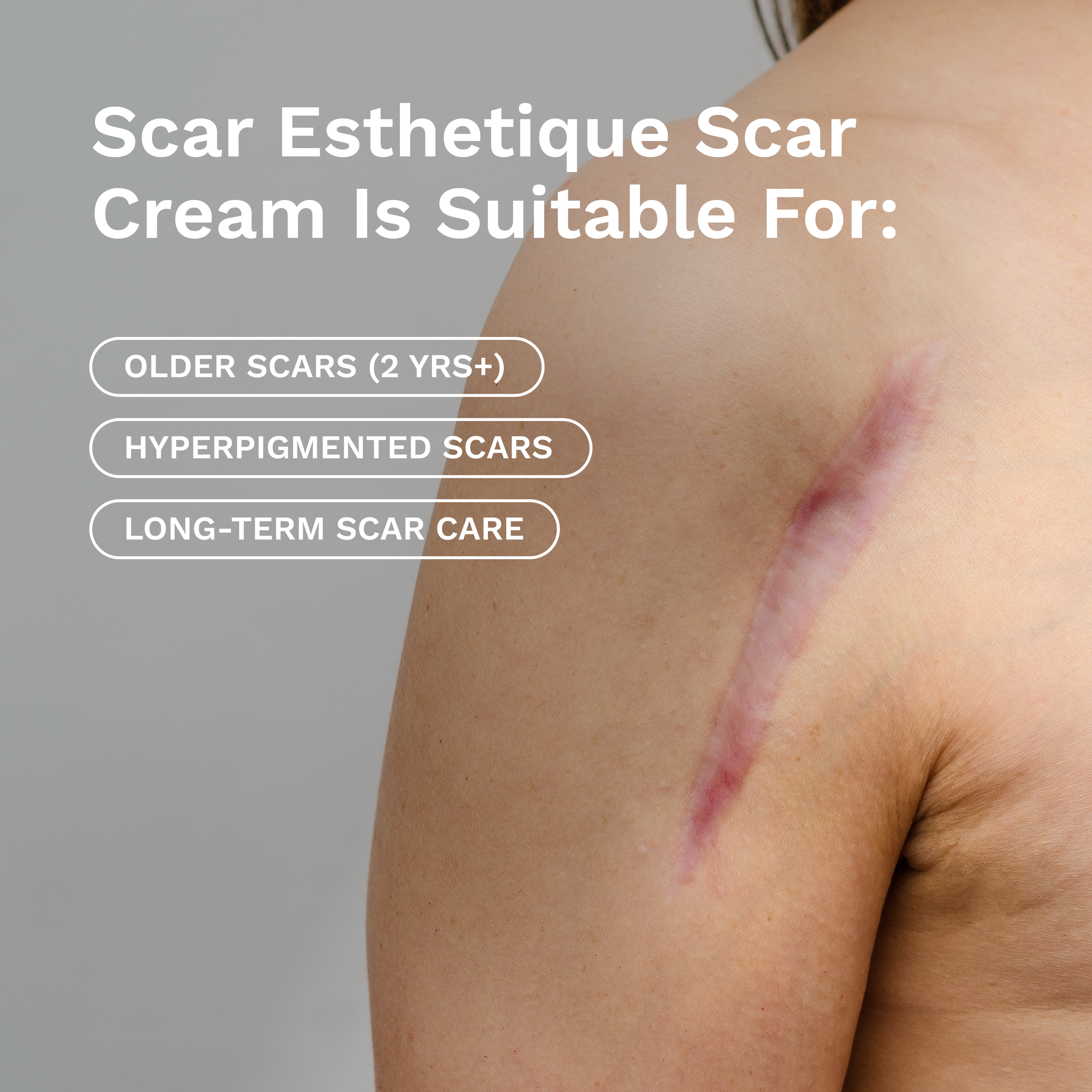








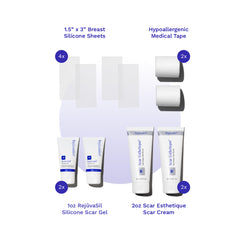
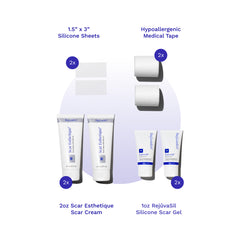

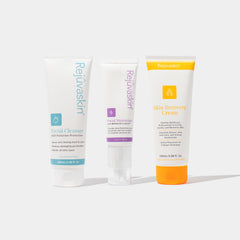
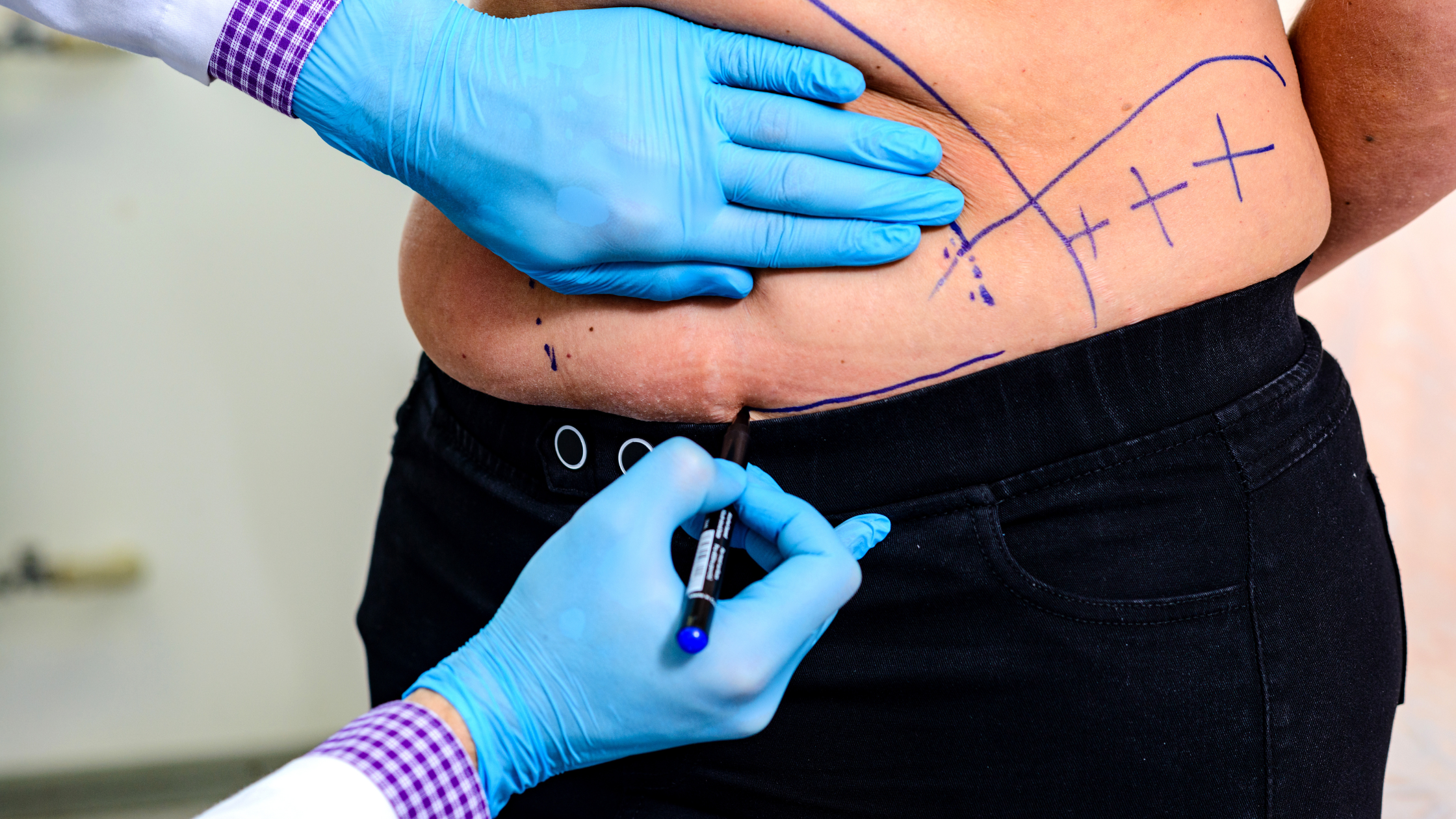
Leave a comment